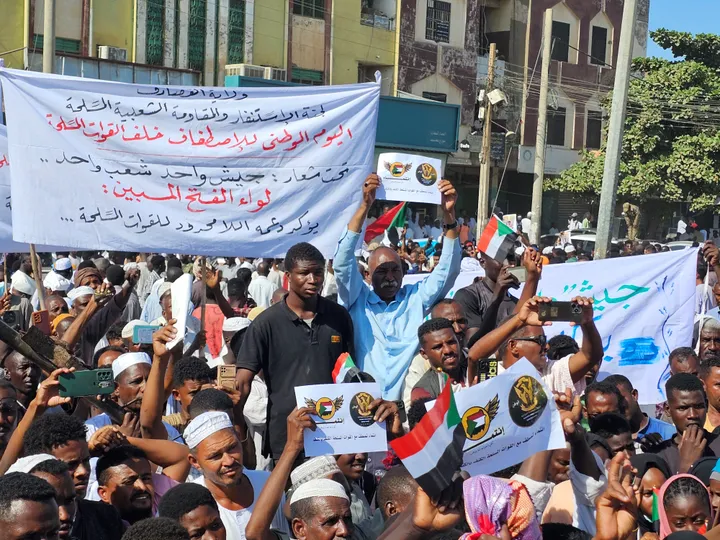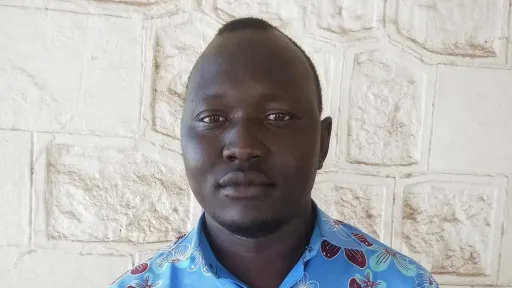By Charles Mgbolu and Kudra Maliro
The ongoing World Heritage Committee 2024 taking place in India has already produced positive news for the continent.
The 46th session of UNESCO’s World Heritage Committee, from July 21 to 31, 2024, has announced the inscription of 24 new sites on its World Heritage List, and Africa stands in the spotlight.
According to the UNESCO body, 19 cultural, four natural/ecological, and one mixed site from across the globe were added to the UN’s World Heritage List, bringing the total to 1,223 inscribed properties.
South Africa's Stone Age
The UNESCO World Heritage Committee recognised three Middle Stone Age sites, which acknowledges South Africa’s significant contribution to the origins of modern human behaviour. These sites are:
Diepkloof Rock Shelter near Elands Bay, Western Cape, found to have some of the earliest evidence of the human use of symbols.
Pinnacle Point Site Complex in Mossel Bay, Western Cape, which reveals occupation by Middle Stone Age people between 170,000 and 40,000 years ago.
Sibhudu Cave in KwaDukuza, KwaZulu-Natal, which contains evidence of some of the earliest examples of modern human technology, such as the earliest bone arrow (61000 years old), the earliest stone arrows (64,000 years old), and the earliest needle (61000 years old).
The inclusion of these two serial properties increases South Africa’s total number of World Heritage Sites to 12.
South Africa’s presidency expressed its “heartfelt gratitude to the members of the 46th session committee for the honour bestowed on the country, its history, and rich legacy.”
The Presidency, in the statement, called on all South Africans "to work in a coordinated manner to ensure that these precious treasures of humanity are safeguarded and optimally deployed to meaningfully contribute to sustainable development in communities and further entrench the values of human rights, freedom, peace, and reconciliation.”
Burkina Faso’s Royal Court of Tiébélé
Burkina Faso’s Royal Court of Tiébélé also joined the prestigious UNESCO's World Heritage List.
The Royal Court of Tiébélé, located in the Nahouri province in the Centre-South region of Burkina Faso, is an earthen architectural complex that has been standing since the 16th century.
“This listing not only contributes to the preservation of this heritage but also to the promotion of tourism and raising awareness of the importance of local traditions,” Traoré said on X.
The site is representative of the values and traditions of this ethnic group and serves as a gathering point for the community, reinforcing its cultural identity.
Enclosed by a protective compound wall, the Royal Court consists of a set of buildings arranged in distinct concessions separated by walls and passageways leading to ceremonial and gathering places outside the compound.
Built by the men of the Royal Court, the huts are then adorned with decorations of symbolic significance by the women, who are the sole guardians of this knowledge and ensure this tradition is kept alive.
With this inscription, four sites in Burkina Faso are now on UNESCO's World Heritage List, following the ruins of Loropeni in 2009, the W-Arly-Pendjari complex in 2017, and the ancient iron metallurgy sites in 2019.
Kenya’s Gedi Ruins
The Gedi Ruins have also been listed as Kenya’s eighth-world heritage site.
Gedi is one of many medieval Swahili coastal settlements that stretch from Barawa, Somalia, to the Zambezi River in Mozambique.
The site of Gedi includes a walled town, which include mosques, a palace, and numerous houses made from stone.
The National Museums of Kenya (NMK) called the inclusion a move that “brings a renewed focus on conservation efforts and opens new opportunities for sustainable tourism, research, and international cooperation.”
“We are deeply honoured by this inscription, which highlights the importance of preserving and promoting our cultural heritage,” said NMK Director General Prof. Mary Gikungu.
Other world heritage sites from Kenya are Lake Turkana National Parks, Mount Kenya National Park and Forests, Lamu Old Town; Sacred Mijikenda Kaya Forests, Fort Jesus, Mombasa, the Kenya Lake System in the Great Rift Valley, and Thimlich Ohinga archaeological site.
➤ Click here to follow our WhatsApp channel for more stories.
























